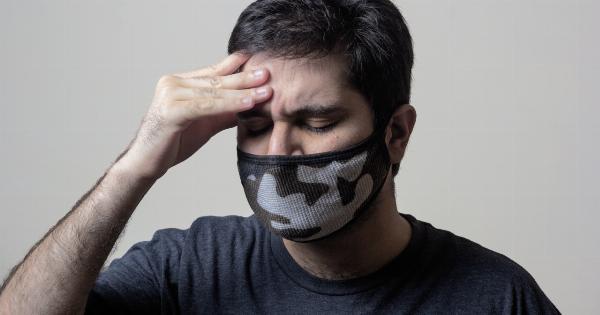Migraine is a neurological condition that affects millions of people worldwide. However, it is much more common among women than men.
According to the Migraine Trust, in the UK, women are three times more likely to suffer from migraine headaches than men.
What is a migraine headache?
A migraine headache is a severe and throbbing headache that usually lasts for hours to days. It can be unilaterally located or involve the whole head. Migraine headache is often accompanied by other symptoms, like nausea, sensitivity to light, or sound.
Some people also experience visual disturbances, such as seeing flashing lights or zigzag lines before or during the headache.
Gender differences in migraines
Although anyone can experience a migraine headache, research shows that women are more susceptible to the condition. Furthermore, women’s migraines tend to last longer and are more severe than men’s.
Women are also more likely to experience migraine symptoms during menstruation, pregnancy, and menopause.
Women’s hormonal changes are likely to be responsible for this gender disparity in migraine prevalence. Estrogen, the female sex hormone, is known to affect the brain’s chemistry and blood vessels, which may trigger migraines in women.
Estrogen levels fluctuate throughout the menstrual cycle, and the drop in estrogen before menstruation or during menopause can trigger migraines. Similarly, a rise in estrogen levels during pregnancy can lead to migraines in some women.
Another factor that may contribute to the gender difference in migraine prevalence is the difference in pain perception between men and women. While men and women experience pain differently, women are known to have a lower pain threshold than men.
This means that women may be more sensitive to the pain associated with migraines.
Migraine triggers in women and men
Migraine triggers are factors that can increase the likelihood of having a migraine headache. Common migraine triggers include:.
- Stress
- Caffeine
- Alcohol
- Skipping meals
- Changes in sleep patterns
- Weather changes
- Hormonal changes
Although these triggers can affect both men and women, research shows that women may be more sensitive to some of these triggers.
For example, women are more likely to experience migraines during menstruation, which indicates that hormonal changes can play a significant role in triggering migraines in women. Similarly, certain foods, such as chocolate or cheese, can trigger migraines in some women but not in men.
Treatment of migraines in women and men
Both men and women can benefit from similar treatments for migraines. However, some treatments may be more effective in women or men depending on the underlying cause of their migraines.
For example, women whose migraines are triggered by hormonal changes may benefit from hormonal therapies, such as birth control pills or hormone replacement therapy. However, such treatments may not be suitable for men.
Other treatments that are effective for both men and women include:.
- Pain-relieving medications, such as nonsteroidal anti-inflammatory drugs (NSAIDs) or triptans
- Preventive medications, such as beta-blockers or antiepileptics
- Lifestyle changes, such as stress management, regular exercise, or a balanced diet
In conclusion, while migraine headaches can affect anyone, women are more likely to suffer from the condition than men. Women’s hormonal changes and differences in pain perception may explain this gender disparity in migraine prevalence.
However, both men and women can benefit from similar treatments for migraines, and individualized treatment plans are recommended to ensure the best outcomes.






























